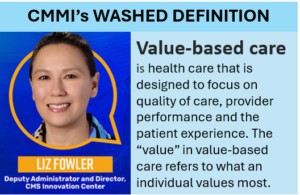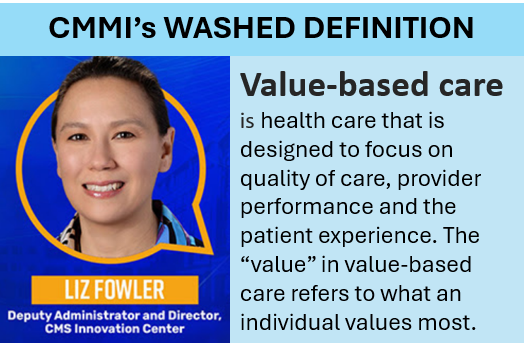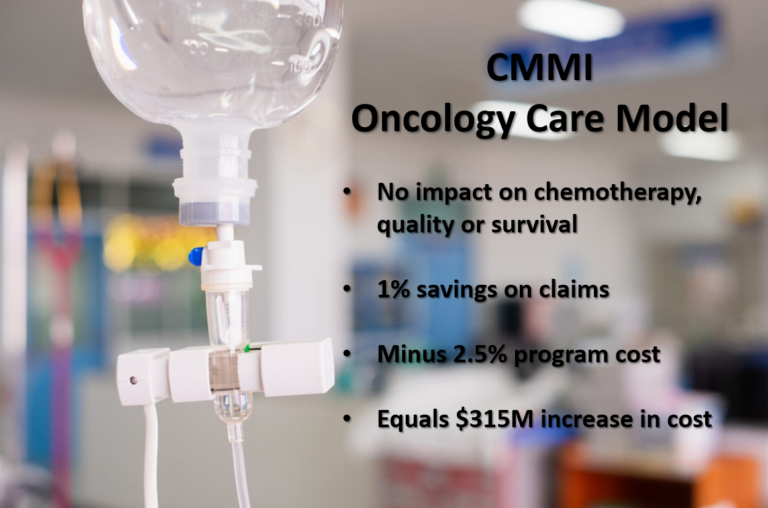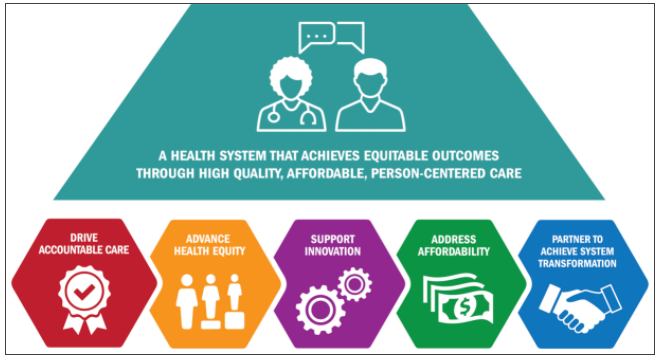Successful management of an ACO requires understanding these value flows, and quantitatively estimating the magnitudes of them to assure that the likely flows will create a target state that is considered to be fair and equitable to all of the parties.
The Need to Model the Dynamics
As ACOs focus on reducing unnecessary utilization and costs to manage the population, performance-driven revenue will rise. But, presuming that the clinical practice changes were made such that they applied to all patients or the changes “spilled over” on other patients, the reduction in unnecessary utilization will cause the volume-driven revenue for non-ACO patients to fall.
ACOs that reduce utilization will also find that their capacity is greater than their need. In other words, they have unused or inefficiently-deployed capital. For example, if readmission rates fall, total bed days will decline, and a hospital may end up with too many staffed beds for their demand for bed days. Their management response will be to take steps to reduce their fixed costs, but such processes take time (which is the definition of “fixed” cost).
An ACO can get into financial trouble if its utilization efficiency improvement outpaces the market conversion to performance-based reimbursement and the ACO’s efforts to reduce its fixed cost base. In consideration of this possibility, deals with health plans can be structured to reduce or share this transition risk.
The key is to understand not only the economic flows in the target state, but also to understand the dynamics during the transition from the current state to the target state. This requires creating a dynamic model of the economics from all parties’ perspectives, with believable assumptions and the right balance of simplicity vs. detail. The current state of the art for such financial models in the ACO field is primitive. Reward Health Sciences will seek out partners to further develop this methodology and associated technology.

















